Tournament re-runs on TV. Face masks in the clubhouse. Foam donuts around the flagstick. The ripple effect of a global pandemic washed over the game of golf with an unprecedented, unbelievable fury, shuttering clubhouses, shutting down tournaments, and forcing everyone involved in the game to adapt to a stark, sudden reality few could’ve ever imagined.
Welcome to golf’s new normal — at least, for now.
With more than 20 million infected worldwide and more than 155,000 deaths from COVID-19 here in the U.S. alone, the impact on golf is minuscule in the broader context of the loss of life and livelihoods on a global scale. Yet the impact has been felt on a sport enjoyed by millions across the globe all the same, especially here at home.
As state governors took measures to protect the public nationwide in March, with many closing courses or delaying sea- son starts here in the Midwest, the number of course openings slowly began trending upward in May, as the infection curve began to slow across the country. As of press time, courses are open in all 50 states, with varying levels of restriction on courses and clubhouses.
In an open letter to members in late May, National Golf Foundation (NGF) President and CEO Joe Beditz said hope was on the horizon, and that signs showed golfers were definitely “scratching their itch to play.”
Beditz indicated that 86 percent of core golfers reported that they’ve teed it up in the past couple of weeks of May.
“I can’t say if that’s high because it’s not how we’ve traditionally collected this data, but it seems an encouraging sign,” he said.
OPEN FOR BUSINESS
The NGF estimates as many as 20 mil- lion rounds were lost due to COVID-19 in March and April, mostly due to forced closures but also to virus-induced anxiety, with about $1 billion lost in golf course green fee revenues alone.
But one strange side-effect as the stay-at- home orders lessened has been the boon to golf courses, as golfers were looking for any excuse to leave their quarantined quarters for some socially distant exercise outdoors.
“There is evidence both anecdotal and scientific that rounds in May might be up significantly over last year as a result of a surge in demand, not only from core golfers, but from beginners and lapsed players too,” Beditz said. “If this surge proves true and if it persists even partially into the summer months, then we could recoup the rounds and revenue lost in March and April. Put another way, we’ll break even with last year if rounds are up 5% for the period May through December.”
The “trampoline effect” of pent-up demand for golf, coupled with comparative- ly fewer entertainment options in a COVID- 19 landscape — no summer movies, fewer restaurant and bar options, to name just a few — has also benefitted the game.
For proof, look no further than the rounds-played report for June from Golf Datatech, with a meaty 13.9% increase nationally over 2019, to the tune of an estimated 7-8 million more golfers on courses than last year. That results in an increase of as much as $400 million in operational revenue, Golf Datatech estimates. Here in the Midwest, rounds are up an average of 11.2% for the year through June, with that number likely to only increase.
“We had 14,000 rounds booked (in the spring), which was three months ahead of where we normally were,” lamented Don Helinski, the normally jovial director of operations at Forest Dunes Golf Club. “So, because of losing our early season, we decided to alter our schedule, and we’re going to close later, Oct. 10. The whole thing has had a trampoline effect for us. June might end up being the best month — the most rounds we’ve ever done in a month in history.
“We’ve had five of our best days all-time in the last two weeks. It’ll be really nice to see where we end up at the end of the year.”
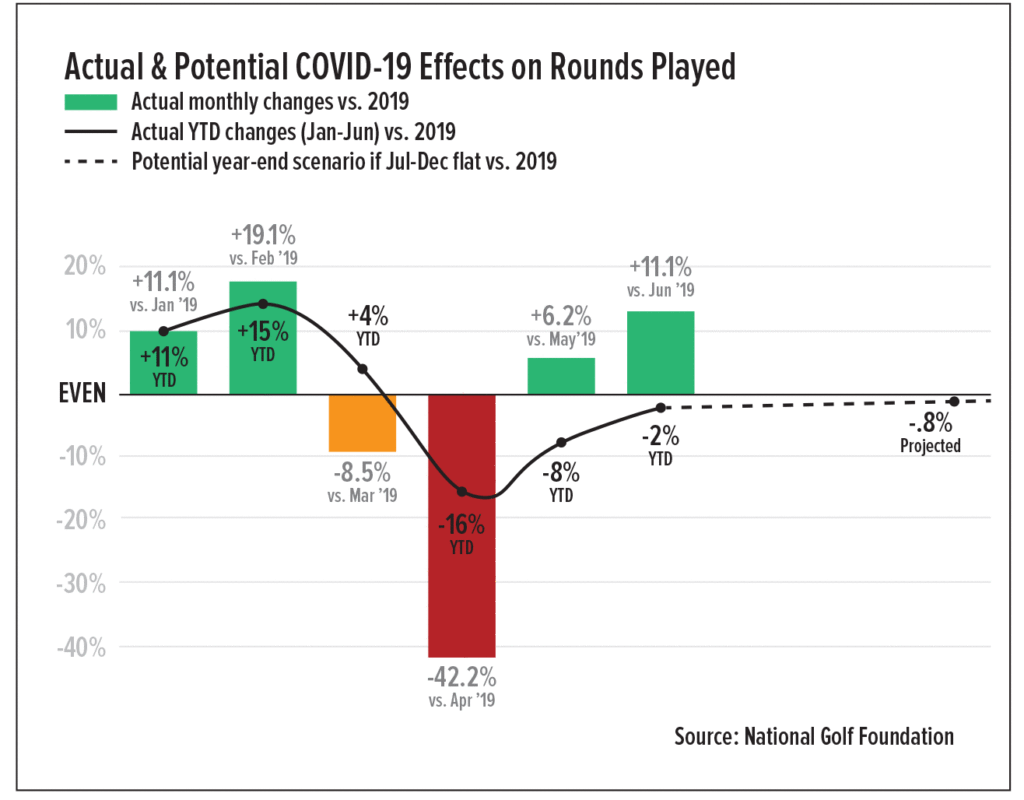 A SEASON SET ASIDE
A SEASON SET ASIDE
While the average Janes and Joes are free to play to their hearts’ content, the professionals had their careers put on hold due to COVID-19, then had to adapt to a fan-free tournament experience.
As the coronavirus gripped the nation in mid-March, the PGA Tour, among others, began cancelling or postponing tournaments. The Players Championship, at famed “fifth Major” at the TPC at Sawgrass, was the first to fall, with six others following suit in subsequent weeks.
Even such a venerable institution as The Masters wasn’t immune, and opted to postpone its pimento sandwiches and patrons until a potentially post-COVID-19 world November 12-15, an idea that seems in serious jeopardy based on current trends.
When the PGA Tour did return with the Charles Schwab Challenge in early June (sans fans), it was met with an almost immediate spate of positive tests among caddies and players, including Brooks Koepka’s bagman, Ricky Elliott, and Webb Simpson, among others. Even Jack Nicklaus announced he’d tested positive for COVID-19 in March, and thankfully recovered fully.
After the initial cases, the Tour quickly tightened testing and new rules to protect people on-course. But PGA Tour Commissioner Jay Monahan seemed resigned to the fact that positive cases are an eventuality as long as the show goes on.
“You don’t want to have any, but I think as you look at where we are and the trends of our overall program … the tightening that we’ve done, I think that the results are very good,’’ Monahan said. “We’re certainly encouraged by that. We’re proud of that. I think our players deserve a ton of credit for not only what they’re doing here on site in terms of social distancing and masking and being entirely aware of what we need to do when we’re on property.”
The Tour’s efforts haven’t gone unrewarded by fans, however. With virtually all other professional sports shuttered in spring and into June and July, the PGA Tour’s television ratings have skyrocketed. The Charles Schwab Challenge averaged 3 million viewers, up 50 percent over last year’s tournament, with 3.88 million viewers tuning in to watch Daniel Berger’s final-round win — the biggest audience for the tournament’s final round in 16 years.
The week before, a whopping 5.8 million tuned in to “The Match,” the two-on-two competition pitting Tiger Woods and Peyton Manning against Phil Mickelson and Tom Brady. Woods and Manning held on to win, 1-up, with the match raising $20 million for COVID-19 relief.
EQUIPPED TO HANDLE THE HIATUS
As courses gradually began reopening, the need for golf equipment — a leading indicator of industry strength — rose right along with it.
Golf equipment dollar sales grew by 51 percent in June, compared to the comparable month last year, building off of the market’s 22 percent growth in May accord- ing to The NPD Group.
“Golfers seem to be letting their spending belts out a notch too,” said Beditz. “(In June) we saw a significant jump in the proportion who say their spending has returned to a normal level (45%, up from 35%). And, as another measure of golfer confidence, the percent who’ve made an unexpected ‘big ticket purchase’ in the past 30 days has risen to 38%, up from 28% just a few weeks ago.”
Retailers concur.
“We’ve seen so much increased interest in the game of golf,” PGA Tour Superstore President and CEO Dick Sullivan told Forbes. “We’re seeing so many new faces in our stores. People that haven’t played in 20 years and they want to come back into the game. Our women’s business, whether its beginner sets, or in club business, is up 45-50%.
“It is the one sport that people can physical distance. People want to get outdoors, they want to be healthy and people that work from home are tired of being inside. Golf courses are packed.”
As the COVID-19 landscape shifted throughout the spring, golfers’ buying patterns shifted along with it. In April, the chain’s sales of push-pull walking golf carts were up 375%, as many courses limited golfers to walking-only or one person per cart.
Whether those buying appetites will continue post-coronavirus remains to be seen, but the trend clearly beats the alternative.
THE NEXT NORMAL
What the future holds for golf and especially, golf tournaments, no one knows, but it’s clear the game is much more resilient than many would have expected, and the game is finding new fans and new players in the face of all its adversity.
The number of junior golfers (ages 6-17) could swell by as much as 20% this year, according to the NGF. With approximately 2.5 million kids having teed it up on a golf course last year, that’s a potential Covid- related bump of half a million junior golfers by year’s end. And coupled with a 20% increase in new and returning adults to the game this year, golf’s future is suddenly see- ing a silver lining.
But to keep the momentum building, golfers everywhere must exhibit some of the same skills that make good players great — persistence, practice, and courtesy to their fellow golfers.
“While it’s encouraging to see the golf business making a comeback, this isn’t business as usual, not from the standpoint of golf course operations, or from golfers’ compliance and responsibility,” Beditz said. “Golf course operators have specific safety protocols to follow, as do golfers.
“Golf has been given the go-ahead because it’s considered a relatively safe activity when social distancing is maintained and other precautions are followed. But make no mis- take, what has been given can be taken away. It’s now up to both golf course operators and golfers to keep golf open.”
For more about COVID-19’s impact on the game, visit www.ngf.org.
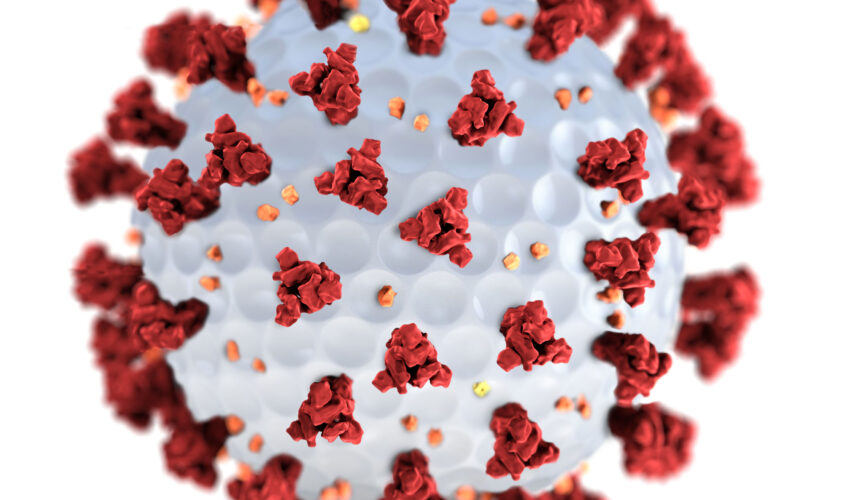
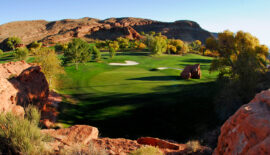 ';
';
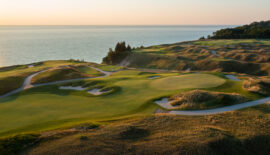 ';
';
 ';
';
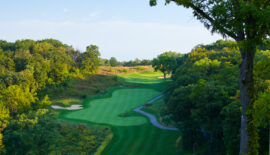 ';
';